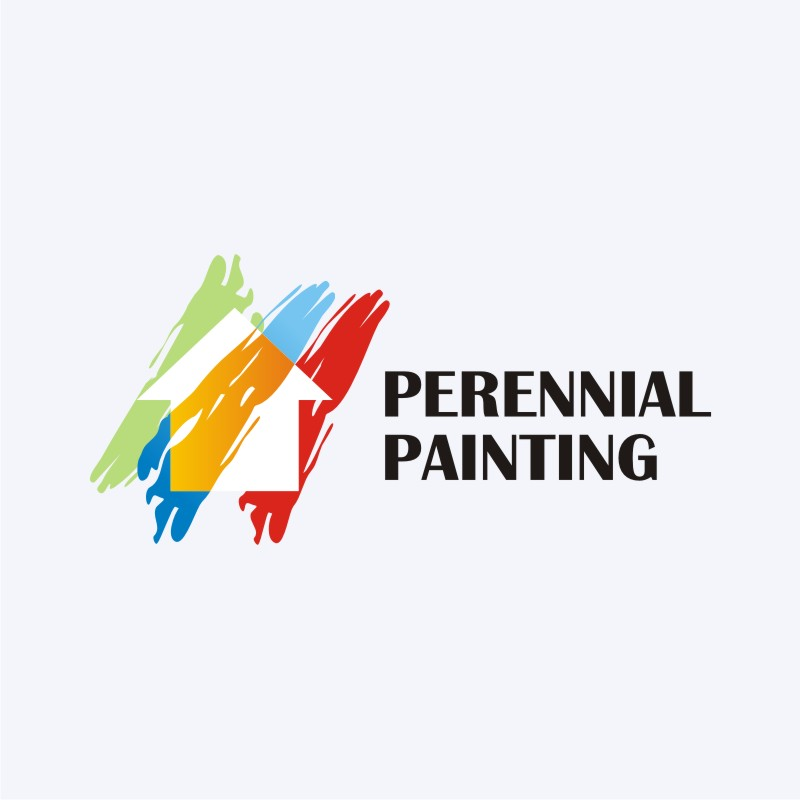Learn About The Methods Which Seasonal Variables Can Influence The Success Of Commercial Outside Painting And Determine The Best Times To Achieve Long-Term Outcomes For Your Task
Learn About The Methods Which Seasonal Variables Can Influence The Success Of Commercial Outside Painting And Determine The Best Times To Achieve Long-Term Outcomes For Your Task
Blog Article
Web Content By-Ford Whalen
When you're planning a commercial external painting job, seasonal factors can make or break your outcomes. You'll wish to take into consideration just how temperature and humidity effect paint application and drying out times. Choosing https://realtybiznews.com/what-to-expect-when-using-a-painting-company-for-your-new-denver/98774470/ can ensure your paint sticks properly and lasts longer. Yet which periods are really the very best for this sort of job? Allow's discover the key elements that can affect your task's success.
The Influence of Temperature on Paint Application
When you're preparing an industrial external paint task, the temperature level can substantially influence exactly how well the paint adheres and dries.
Preferably, you intend to paint when temperatures range in between 50 ° F and 85 ° F. If minneapolis interior painting 's as well cold, the paint might not treat appropriately, causing problems like peeling off or splitting.
On the flip side, if it's also warm, the paint can dry out too swiftly, protecting against appropriate attachment and causing an irregular coating.
You need to likewise consider the moment of day; morning or late afternoon supplies cooler temperatures, which can be a lot more positive.
Always examine the supplier's suggestions for the specific paint you're utilizing, as they commonly provide support on the suitable temperature variety for optimum results.
Moisture and Its Effect on Drying Times
Temperature isn't the only environmental factor that affects your business external paint project; humidity plays a substantial function also. High humidity degrees can decrease drying out times substantially, influencing the overall top quality of your paint task.
When the air is filled with wetness, the paint takes longer to treat, which can cause concerns like bad bond and a higher risk of mold development. If you're painting on a particularly humid day, be planned for extended delay times in between layers.
It's important to keep track of neighborhood weather and strategy accordingly. Preferably, aim for moisture degrees between 40% and 70% for ideal drying.
Maintaining these factors in mind guarantees your project remains on track and supplies an enduring surface.
Best Seasons for Commercial Outside Painting Projects
What's the most effective time of year for your commercial outside painting projects?
Spring and early autumn are commonly your best bets. During these seasons, temperature levels are moderate, and humidity levels are typically reduced, developing excellent conditions for paint application and drying.
Prevent summertime's intense heat, which can cause paint to dry as well rapidly, bring about poor adhesion and coating. In a similar way, wintertime's cool temperature levels can impede correct drying and treating, risking the longevity of your paint task.
Go for days with temperature levels in between 50 ° F and 85 ° F for optimum outcomes. Bear in mind to inspect the neighborhood weather prediction for rain, as wet conditions can spoil your job.
Planning around these variables guarantees your paint job runs smoothly and lasts longer.
Verdict
In conclusion, planning your industrial exterior painting jobs around seasonal factors to consider can make a significant distinction in the result. By organizing work throughout the suitable temperature levels and humidity levels, you'll guarantee much better adhesion and drying out times. Keep in mind to keep an eye on neighborhood weather prediction and select the correct time of year-- springtime and very early fall are your best bets. Taking these steps will help you accomplish a sturdy and expert finish that lasts.
